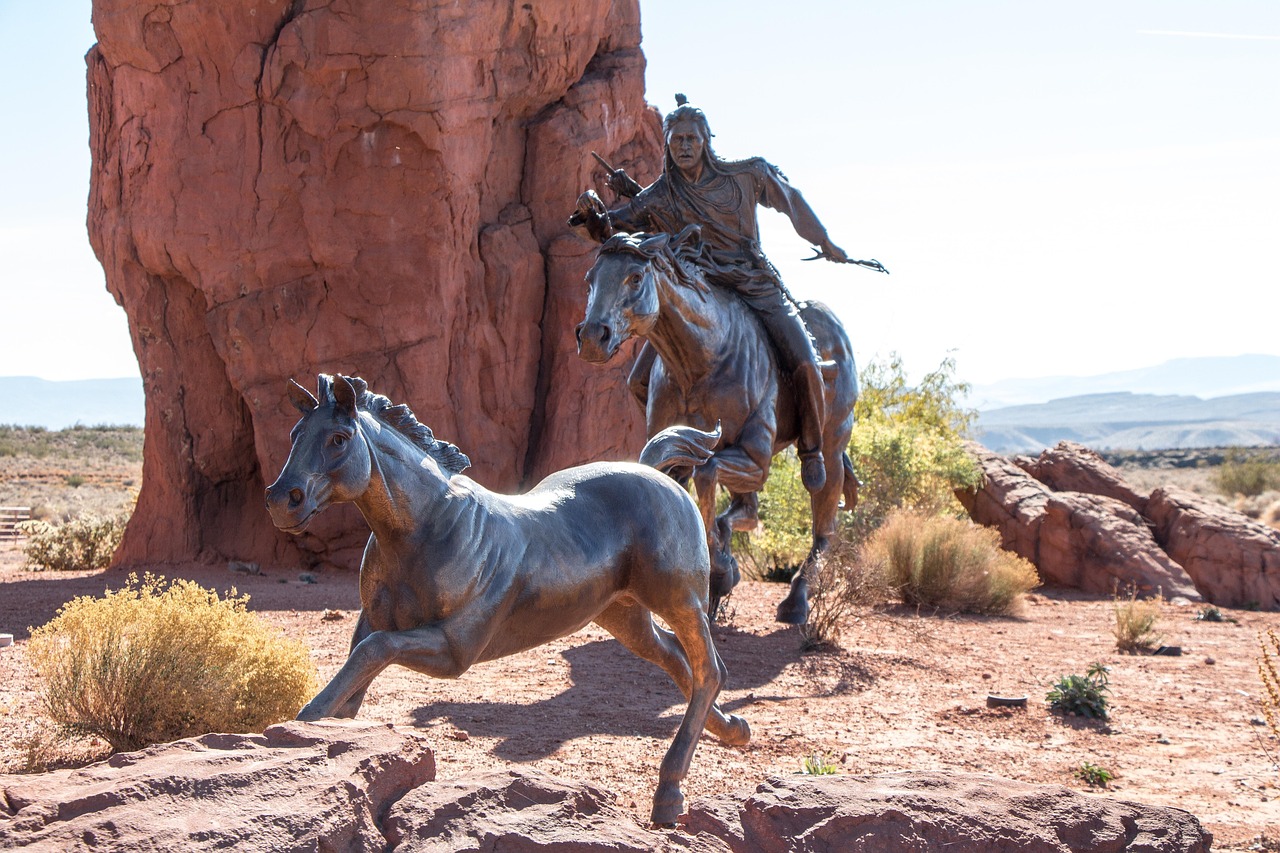The Arrival of the Cross: When Two Worlds Collided
When the first missionaries arrived on the shores of North America, they could not have known that their presence would forever alter the cultural fabric of Indigenous peoples. With Bibles in one hand and often rifles in the other, a centuries-long epic of encounter began that still echoes today.
Mission as a Tool of Colonization
The early Jesuit missionaries of the 17th century saw themselves as messengers of God, yet their work was inseparably tied to colonial interests. The “civilizing of the savages” was not only a religious concern but also a political program. French Jesuits in Canada meticulously studied Indigenous languages, yet their goal remained the eradication of “pagan” traditions.
An old Mi’kmaq chief is said to have told a missionary: “You speak of a God who preaches love, but your people bring disease and take our land. What kind of God is that?”
Residential Schools: The Systematic Assault on Identity
The darkest chapter of the missionary history began with the Residential Schools in Canada and the U.S. Under the motto “Kill the Indian in the child to save the man,” generations of Indigenous children were torn from their families. The sound of traditional languages was replaced by punishments, spiritual practices condemned as the devil’s work.
A survivor recalls: “They cut my hair, burned my clothes, and gave me a number instead of my name. They told me my grandmother was in hell because she believed in the Great Spirit.”
Cultural Resistance: When Traditions Lived On in Secret
Despite all attempts at suppression, Indigenous communities found creative ways to preserve their heritage. Outward adaptation became a survival strategy, while in secret, people continued to dance, sing, and pray. The Pueblo peoples in New Mexico held their Katsina dances behind closed doors while outwardly venerating Catholic saints.
This led to fascinating syncretic traditions, where Catholic saints merged with Indigenous spirit beings. The Lakota integrated Christian symbols into their Sun Dances, while in Mexico Aztec and Christian rituals created new forms.
Linguistic Erasure and Its Consequences
The missionaries recognized early on: Whoever controls the language controls the thinking. While some missionaries, like the famous John Eliot, translated Bibles into Indigenous languages, in the schools the speaking of traditional languages was brutally punished. The result was cultural trauma that continues today—of the 300 original languages of North America, only about 150 remain alive.
Modern Reckoning and Efforts at Reconciliation
Only in the 21st century did a comprehensive reckoning with this dark chapter begin. The Canadian Truth and Reconciliation Commission began in 2008 to document the horrors of Residential Schools. In 2022, Pope Francis officially apologized for the role of the Catholic Church.
Yet as one Indigenous activist emphasizes: “Apologies are a start, but they don’t heal broken souls. True reconciliation begins when churches return sacred objects to Indigenous communities and recognize their spiritual sovereignty.”
New Theologies: Indigenous Interpretations of Christianity
Today, fascinating Indigenous theologies are emerging that connect Christian traditions with Indigenous knowledge. Theologians like Vine Deloria Jr. call for a “decolonization of faith,” in which the Great Spirit is not seen as a foreign God but as a force always present.
In some communities, traditional drums are struck alongside church pews, and smudging ceremonies take place before worship. A new generation of Indigenous clergy seeks ways to live their faith authentically—without giving up cultural identity.
The Legacy of Missionization: Between Trauma and Transformation
The history of missionization is not a simple tale of good and evil. It is one of cultural genocide, but also of unexpected resistance. Of destroyed traditions, but also of new cultural synthesis.
As one Indigenous elder put it: “They brought us the cross, but they could not break the circle. Our connection to the earth, to the ancestors—it lives on, even if in new forms.”
What Remains? The Future of Indigenous Spirituality
Today, Indigenous communities face the challenge of reclaiming their spiritual sovereignty. Language revitalization projects are flourishing, traditional ceremonies are practiced publicly, and young Indigenous people are finding new ways to live their spiritual identities.
The perhaps greatest lesson from this complex history is that true faith grows not through coercion but through respectful dialogue. As one young Indigenous Christian says: “I pray in church, but I also pray with the feather in my hand. My faith is big enough for both.”
What do you think about the role of missionaries in history? How can we contribute to true reconciliation today? Share your thoughts in the comments!
Further Resources:
* National Centre for Truth and Reconciliation
* Native American Rights Fund
* Indigenous Theologies Network

